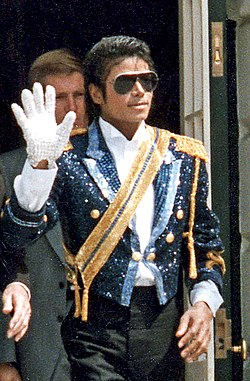If you have time, check out this Bloomberg BusinessWeek article looking at the decline in hot dog sales in recent years.
There are a number of great lessons to learn – covering marketing, demographics and economics – to explain why frankfurter sales fell more than 3% in 2012 compared to a year earlier.
Some of contributory factors highlighted in the article:
There are a number of great lessons to learn – covering marketing, demographics and economics – to explain why frankfurter sales fell more than 3% in 2012 compared to a year earlier.
Some of contributory factors highlighted in the article:
- Americans are having fewer children, which shrinks the market since kids are the biggest consumers of hot dogs.
- Immigration patters could play a factor.
- Raw material costs for wieners are rising, particular beef. That increases the cost at the grocery story and slightly undermines the product's status as the perfect recessionary food. This makes me think about price elasticity of demand.
- Still, the overall sales price of a hot dog is low. As a volume-driven business, the factors listed above are vital to revenue
The story notes that hot dog sales remain brisk at baseball stadiums. The last time I went to big league game, I was at Fenway Park and ordered a bowl of clam chowder.










